
According to the Department of Animal Health, since the beginning of the year, the disease situation in livestock has been basically well controlled. Common diseases in livestock and poultry have been detected and treated promptly, and there are many domestically produced vaccines to prevent these diseases.

The livestock farm of Mr. Ha Van Ngoc, Director of the Youth Agricultural Services Cooperative in Yen Minh district, Ha Giang province. (Photo: THUY NGUYEN
)
Deputy Director of the Department of Animal Health Phan Quang Minh shared that the above positive results were achieved because the Department of Animal Health proactively coordinated with localities and related units to effectively implement disease prevention and control for livestock. In addition, up to now, the country has more than 2,200 livestock facilities and areas in 59 provinces and cities certified as disease-free, mainly concentrated in the Southeast region.
In addition to the achievements, the construction of disease-free zones nationwide is facing many challenges: Small-scale livestock farming interspersed with concentrated livestock farming facilities is still common. Infrastructure in livestock planning areas, encouraging livestock development, and concentrated slaughtering is still lacking and not uniform. Livestock farming facilities have not met the requirements in management, control, and environmental treatment in livestock farming. Local authorities have not really paid attention, have not directed the organization to fully and effectively implement veterinary tasks according to regulations, and have not strictly handled violations of regulations on disease prevention and control. Compliance with veterinary laws by some organizations and individuals is not high, and have not strictly followed biosafety livestock farming measures and disease prevention measures using vaccines. Many livestock farms are still outside the planning area, near residential areas. Vaccination for household livestock farming is difficult. Vaccination rates for livestock in some places are still low. The grassroots veterinary force is thin. The awareness of some livestock farmers is still limited, they are subjective and rely on the support of the State. The consumption market mainly serves the domestic market, the export market is not large, not commensurate with the potential and advantages in terms of transportation and geography. Most of the small-scale livestock farms, slaughterhouses, and primary processing facilities have not followed the correct technical procedures and requirements of importing countries. The process of developing high-tech livestock farming has not been associated with comprehensive processing industry, and many closed production chains have not been formed to ensure disease safety and food safety according to the requirements of importing countries with strict requirements. Disease-safe areas have not been built on a large scale. On the other hand, the negative impacts of climate change and complex weather developments have created conditions for disease-causing viruses to circulate widely...
According to experts, to overcome the above shortcomings, it is necessary to immediately implement a number of solutions such as: Provinces and cities need to promptly have policies, strategies, and make appropriate investments to build chains and animal disease-safe zones for export, increasing the value of the livestock industry in the agricultural structure; allocate resources to effectively organize national programs and plans for animal disease prevention and control approved and directed by the Prime Minister ; and promote the construction of disease-safe facilities and zones.
Urgently review, organize vaccination, and supplementary vaccination against epidemics, ensuring at least 80% of the total herd, especially dangerous diseases such as: Avian influenza, African swine fever, foot and mouth disease, and lumpy skin disease in buffaloes and cows.
Strengthen the State's management role in connecting disease-safe facilities together into a playground, complying with common regulations, forming more disease-safe zones in chains that meet Vietnamese standards and meet the requirements of the World Organization for Animal Health.
Instruct farmers to increase the application of biosafety measures in livestock farming; clean and disinfect with lime powder and chemicals the barn area and surrounding areas at high risk; take measures to prevent disease vectors from entering the barn, spray disinfectants and pesticides to kill disease vectors.
Deputy Minister of Agriculture and Rural Development Phung Duc Tien said that in order to achieve better results in the coming time and increase the export value of livestock products, the veterinary system and localities need to strengthen strict management of drugs, vaccines, slaughtering activities and disease prevention and control to create a "steel shield" for livestock with a firm grasp of reality and close contact with the locality. Along with that, the participation of many large enterprises will contribute to promoting the livestock industry.
According to Nhan Dan Newspaper
Source




![[Photo] General Secretary To Lam works with the Standing Committee of Quang Binh and Quang Tri Provincial Party Committees](https://vphoto.vietnam.vn/thumb/1200x675/vietnam/resource/IMAGE/2025/6/25/6acdc70e139d44beaef4133fefbe2c7f)


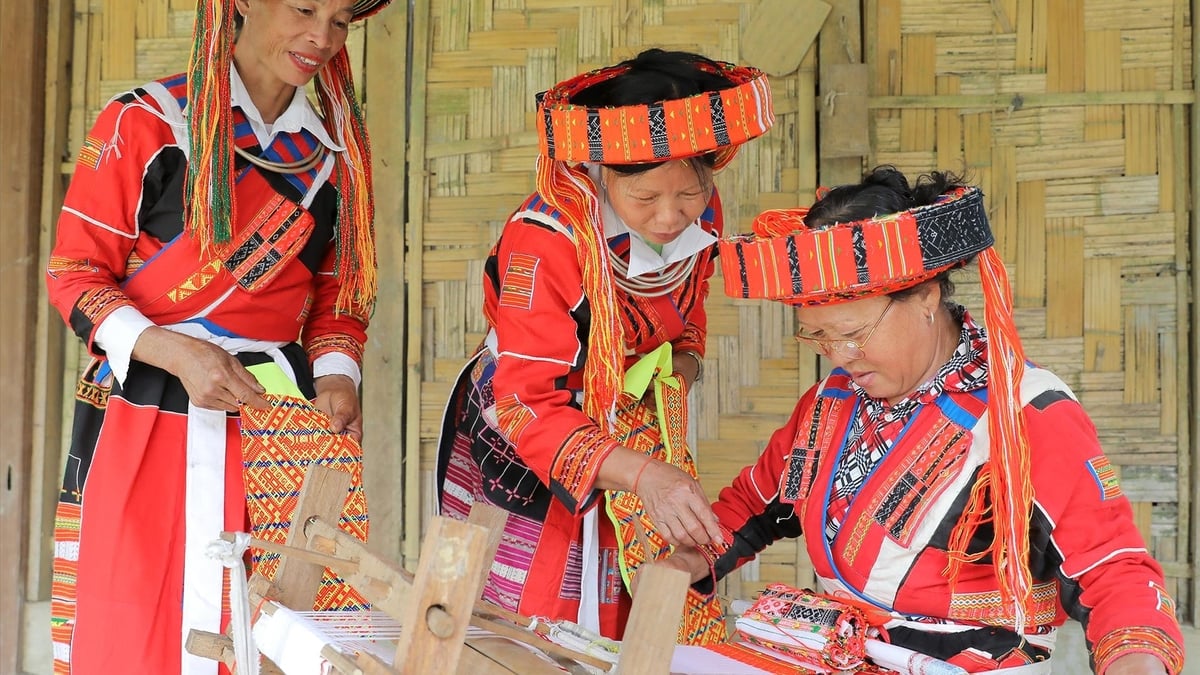

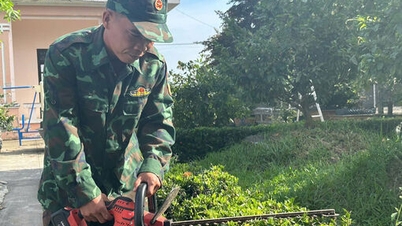

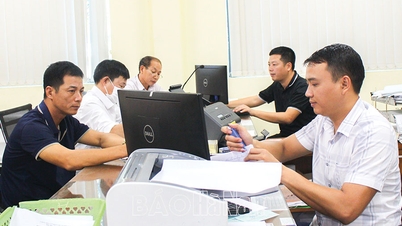














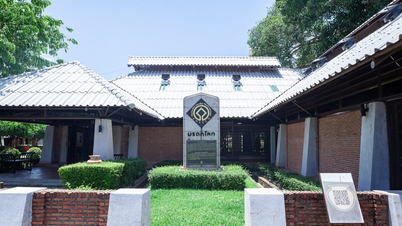



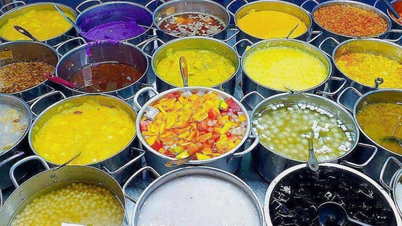







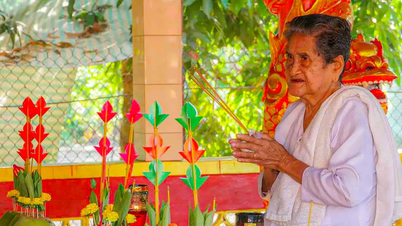






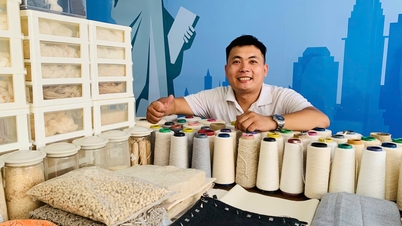

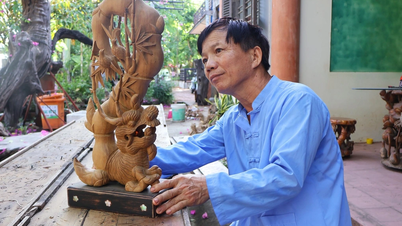

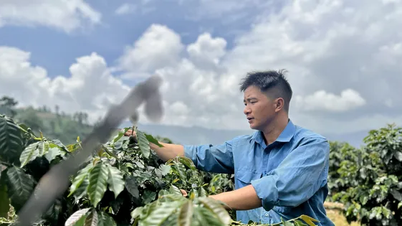

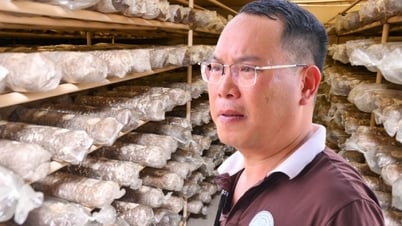












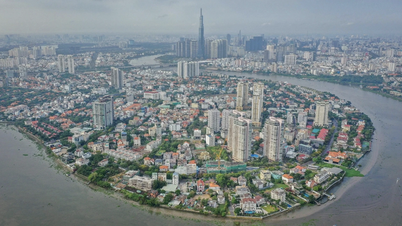










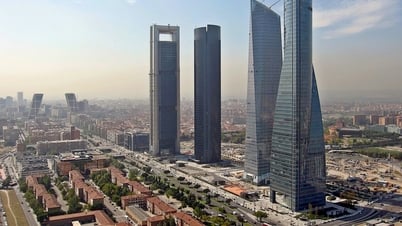

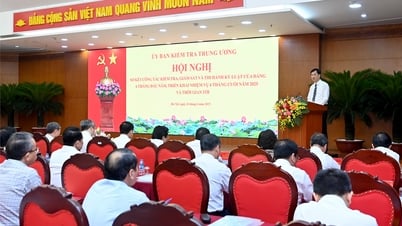



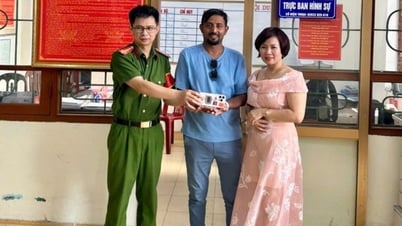








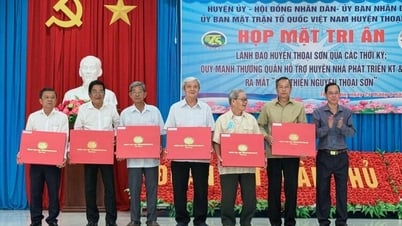















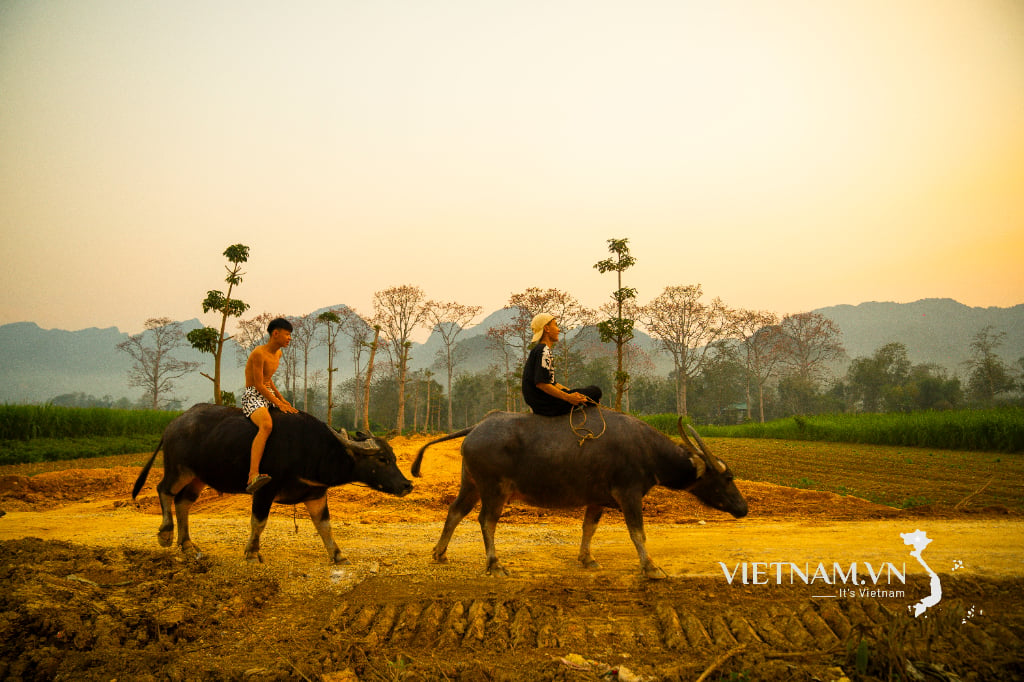

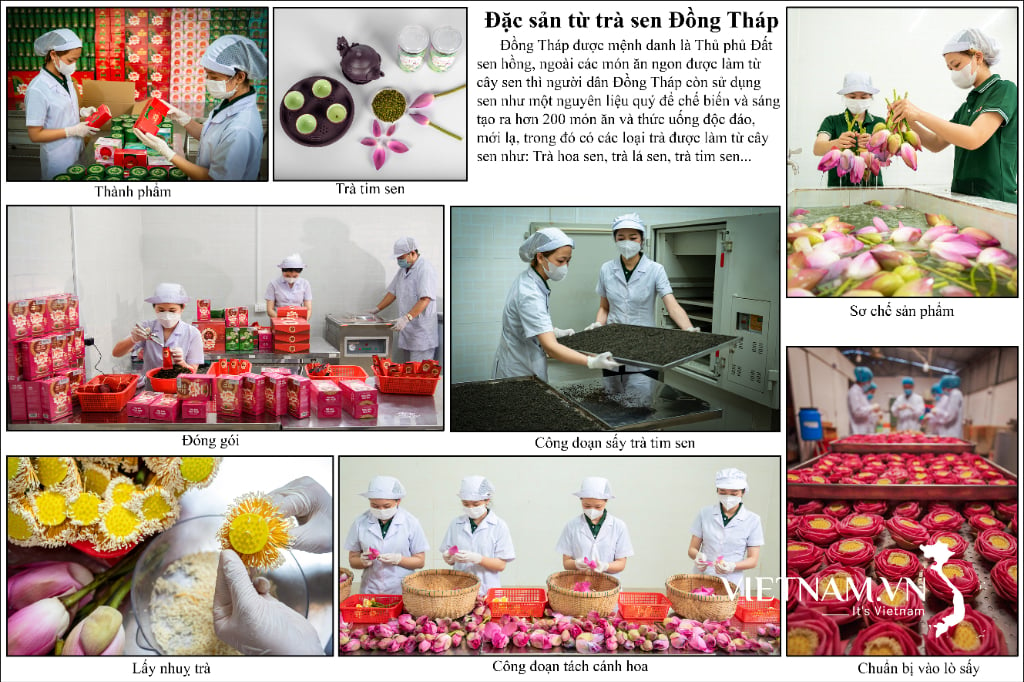
Comment (0)